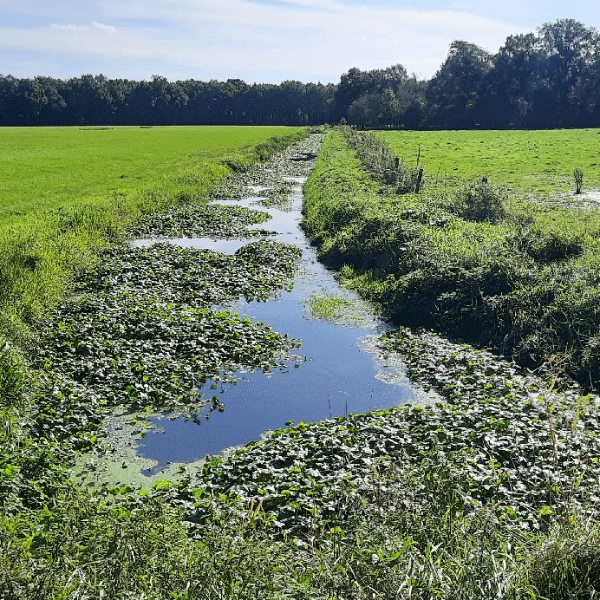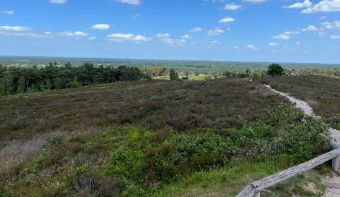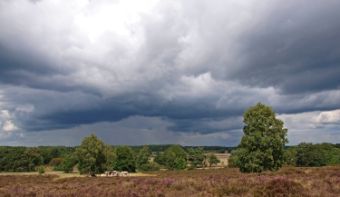Soil and water system
Soil and water leading in spatial choices

Soil and water system
An important change has been set in motion: increasingly, the natural system is the starting point for area development. The guiding principle in this transition is that soil and water are leading in spatial choices. Knowledge of the soil and water system in an area, i.e. system understanding, is thereby essential.
We see the natural system as the driving force for above-ground design and development. Understanding the system is therefore a basic starting point for rural-area development. How do soil, water, the atmosphere, plants and animals function separately and together? It is important to know these things before starting work in an area. Only then can we achieve robust, climate-proof and future-proof plans.
Systems analysis
To fully understand how this works, a systems analysis forms an essential starting point and knowledge base. Examples thereof are the landscape-ecological systems analysis (LESA) and the integrated systems analysis (ISA). In this systems analysis, soil and water form the foundation of the system. They are therefore the starting point for any development in rural areas. If this foundation is weakened, actions will be needed to restore soil and water to health. The systems analysis allows us to identify what measures are required for this system recovery and how the structuring choices in a specific area can be specified.
Taking advantage of opportunities
In addition, the optimal use of the potential of the natural system is key. This also means refraining from choices that weaken the natural system. The conclusions that follow from the systems analysis form the guideline for the choices to be made in, for example, planning, layout and design.
A key foundation for the support of these choices is involving the stakeholders in the area. We do this by exchanging knowledge on the area with them, and by providing insight into the interactions between people and the living environment in the systems analysis. This creates a common understanding of the system.
Beyond the borders
This requires an integrated and area-based approach, looking beyond local boundaries, with stakeholders working together on the integrated area-development challenges. Due to the high number and complexity of the challenges in rural areas, an integrated approach is a prerequisite for achieving effective, feasible and sustainable solutions. Solutions aimed at 2030, 2050 and beyond, while maintaining respect for the short-term objectives.
More information?



